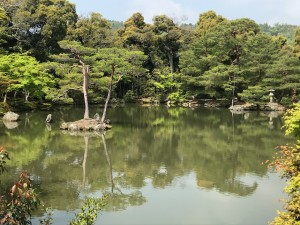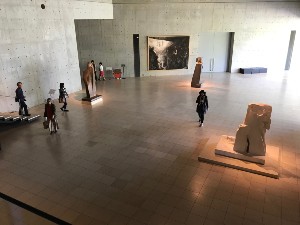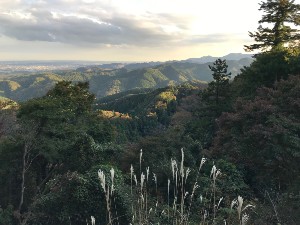Himeji Castle, its White Splendor Amidst the Cherry Blossoms

On day three of our bus tour we got an early start, and arrived at a parking area across the street from Himeji-jō. Actually we could see the castle from miles away as we were approaching from the east. Himeji-jō is perched atop a hill, so it has a commanding view of the surroundings below, and by default the reverse is true too.
Himeji-jō had humble beginnings. It originally began as a fort built by Akamatsu Norimura, samurai of the Akamatsu clan in the Muromachi period and governor of Harima Province. It was built per the orders of Prince Morinaga during the reign of Emperor Godaigo as part of an overall effort to topple the Kamakura Shogunate. In 1346, Norimura's son Sadonori built a larger, more permanent fortress on the site.
Fast forward to 1545, when the Kuroda clan took over the fortress temporarily. Thirty five years later Toyotomi Hideyoshi, the warlord known as the “unifier of Japan" took control of the fortress, which became his base of operations as he brought western Japan under his control. He led the construction of a three story castle keep that was the first real expansion of the structure into a recognizable castle.
Following Hideyoshi’s death in 1598, Tokugawa Ieyasu became his de facto successor by winning the Battle of Sekigahara in 1600. Ieyasu appointed his son-in-law Ikeda Terumasa as lord of Himeji. The following year Ikeda began construction to expand and build upon the foundation of a castle that Hideyoshi built. By 1609 construction of the castle was complete.
The original fortifications of Himeji-jō extended beyond the main castle grounds to include several neighborhoods protected by moats and earthen embankments. If you saw a map of the period you would see an intricate weave of walls and waterways that provided additional security around the castle. Today those areas are mostly gardens and open spaces to accommodate all the tourists that visit the castle every year.
Himeji-jō was ruled by a number of different samurai clans during the civil wars of the sixteenth century and the long peace of the Edo period from 1603 to 1867. With the feudal era over by 1871, many Japanese castles were ordered to be demolished. Fortunately, Himeji-jō is designated for preservation.
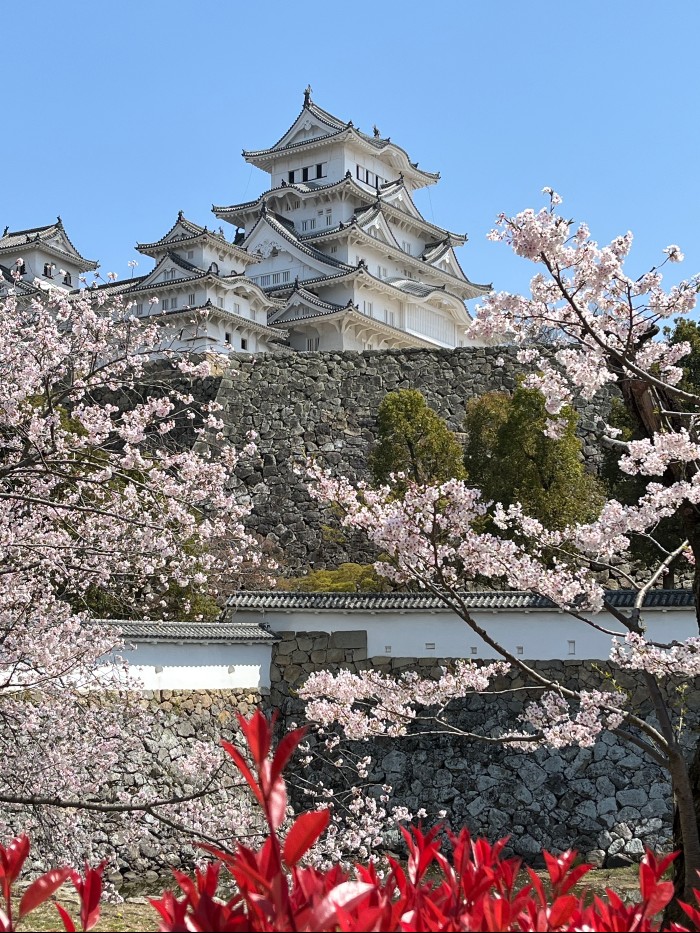
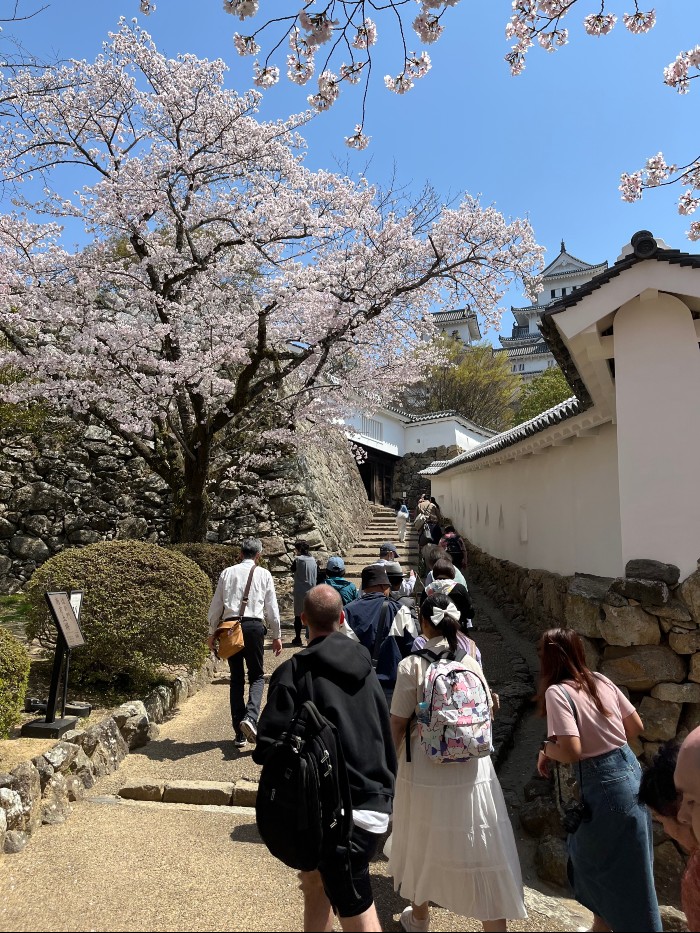
Our tour included tickets to the castle so we just walked in as a group. If you arrived by your own means then you will need to buy tickets at the kiosk. Get there early if you can. By 11am it can get pretty crowded, especially at peak times like early April, when the cherry blossoms are blooming. That was when we visited, and so crowds got pretty intense by late morning.
Walking into the castle is mainly a series of steps you will have to climb, beginning with entry at the main gate. You will see many sub-gates that serve to slow the enemy if they get that far. It slowed us down too, causing a bit of a funnel effect. Regardless, the line keeps moving at a decent pace, so not too bad. Once you get inside the castle keep, you will likely notice a floor map on display.
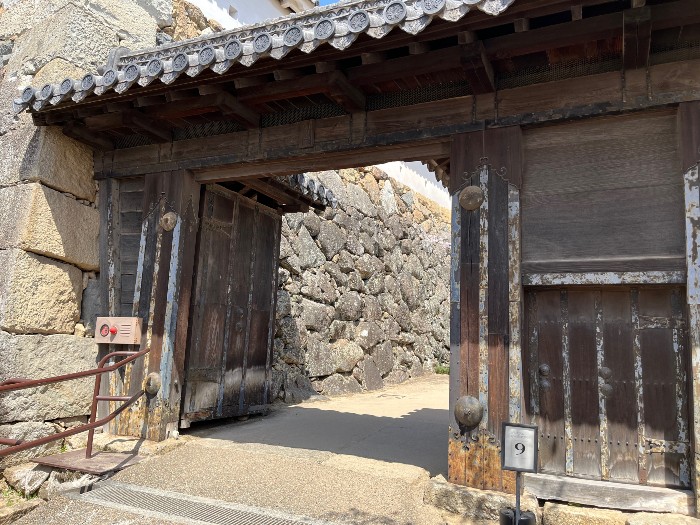
I should note here that you will need to take your shoes off and carry them with you in a plastic bag for the duration of time you are inside the castle itself. All the floors are wood so it can get a little slippery in socks.
There are seven floors in the castle, including the basement. As you ascend each floor you will notice that the stairways get a little narrower and steeper at each floor. I found it a bit scarier to descend than climb the stairs.
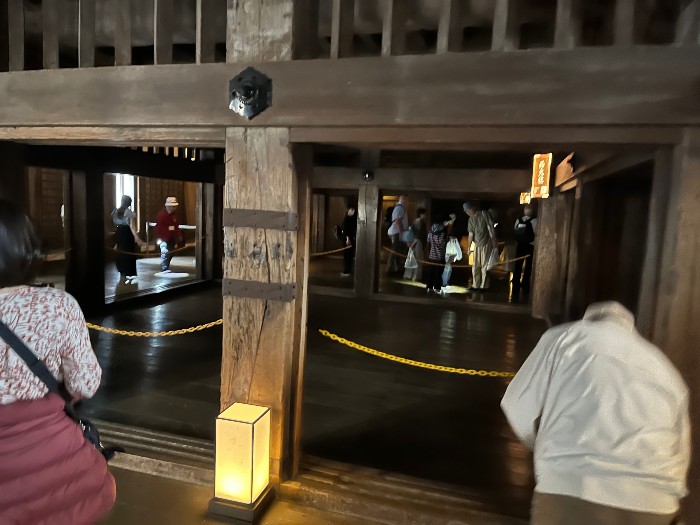
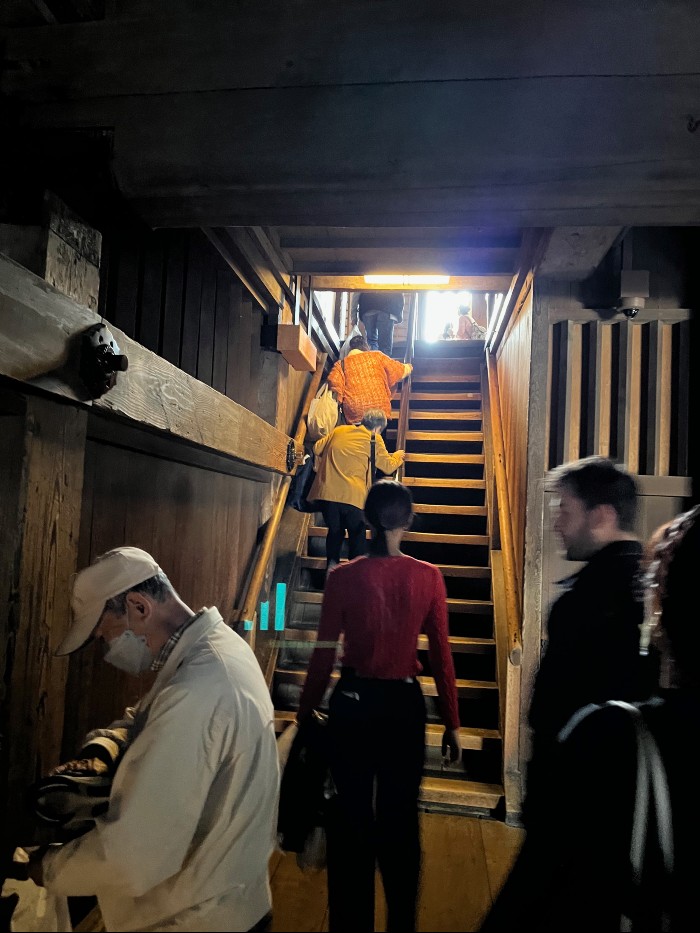
The castle is not furnished but there are a few displays here and there. You can get a decent view if you reach the top, but the windows are small so you may be disappointed.
It went pretty slow on the way down all the flights of stairs, but we eventually got outside the castle, and got some great pictures of West Bailey (Nishi no Maru).
The West Bailey was the residence of Princess Sen, granddaughter of Tokugawa Ieyasu. It's a separate area within the castle grounds, offering a different perspective of the main castle keep. The rooms are not furnished, but you can go in and explore if you like. Why is it called "West Bailey?" Your guess is as good as mine. I looked into it and could not find a decent explanation.
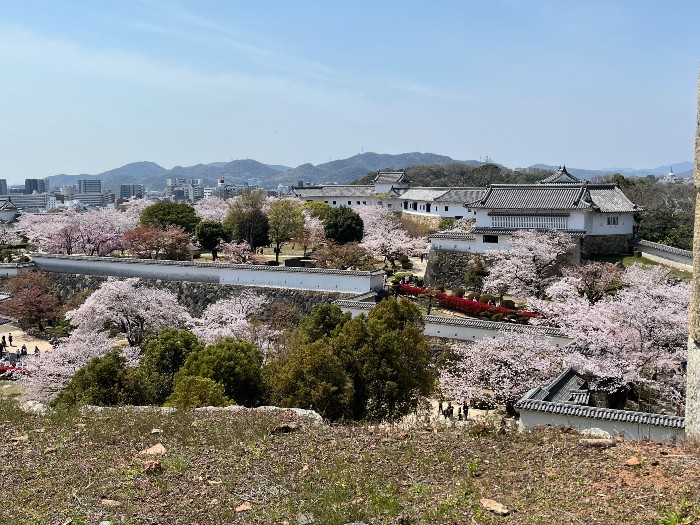
Now about the sakura, which was the main reason for our tour. They were spectacular! I had never seen anything so beautiful. Even the tour leader commented that this was the best day for cherry blossom viewing he had ever seen in all his years leading tours here. We were really lucky!
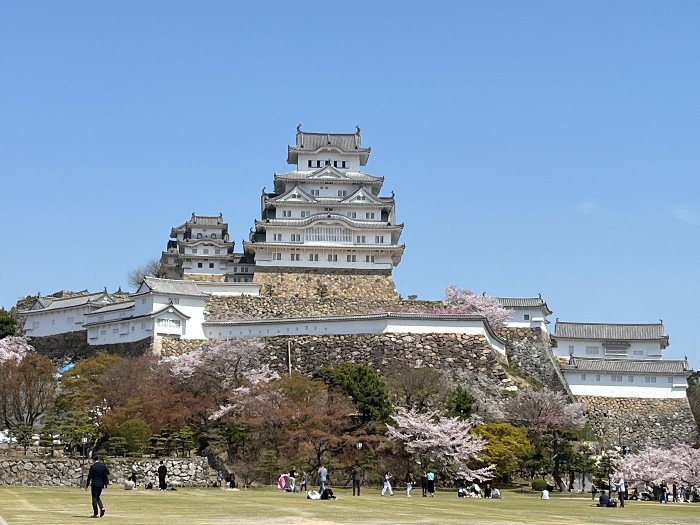
So in closing, Himeji-jō is definitely a place to visit if you want to learn more about Japanese history, and if you can time your trip as we did, you will get your fill of both history and beauty.














